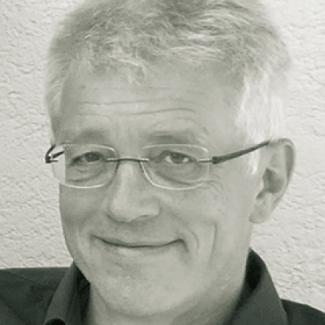Bridge schools are designed to teach world’s bottom billion
David Pilling, the Financial Times’ Africa editor, has an interesting comment in the paper today. His argument is straight forward. He writes that that parents should be free to opt for private schools in countries where state-run schools do not ensure universal access to good primary education, and that governments should therefore not block low-cost private schools. His stance makes sense in principle, but government oversight over private-sector schools is certainly necessary too.
The reason Pilling wrote the comment is that Uganda’s government wants to close down schools that are run by Bridge International Academies. Bridge is a multinational corporation based in the USA. Its primary schools and nursery schools are designed to serve the world’s bottom billion, promising to deliver “highest quality education”.
Unlike state-run schools in developing countries, Bridge relies heavily on digital technology. Lessons are standardised, and the teachers use tablet computers to deliver them. The digital devices also serve to monitor their presence in the class room. The teachers do not have professional qualifications, but were trained by the corporation in short courses of a few weeks duration. Tuition costs are low, amounting to the equivalent of six dollars per month.
Bridge claims to be teaching some 100,000 children and wants the number to rise to 10 million in a dozen countries by 2015. Bridge has powerful backing. Bill Gates of Microsoft and Mark Zuckerberg of Facebook, the British government and the World Bank Group support it.
I cannot assess whether Bridge is doing a good job in Africa. Its approach would be considered unacceptable in Germany. Parents would not want a semi-trained teacher staring at a tablet computer to be interacting with their children. That is not their idea of “highest quality education”. On the other hand, the Bridge approach may indeed be didactical superior to the rote learning that is still common in many primary schools in developing countries. If the lessons are designed well, they may be effective to a relevant extent even if the teacher has not graduated from a university, as is a rigorously enforced rule in rich nations.
According to Pilling, the Ugandan government argues that Bridge is running unlicensed schools with unqualified teachers in inadequate buildings. It probably has a point, and it certainly has the duty to ensure that people who rely on private education get value for money. The big question, however, is whether its own schools deliver better services to the communities in need. If you live in Uganda or another country where Bridge is operating and you have an understanding of the matter, please send me a mail, and let me know what you think.
The topic is of great relevance. In its Global Monitoring Report on Education for All of 2015, UNESCO reckoned that about 100 million children would not complete primary education that year, even though they should have been enabled to do so. The report acknowledged that enrolment figures had improved, rising from 84 % in 1999 to 91 % in 2007 and at best 93 % in 2015. That is not universal access. Drop out ratios remained too high, moreover. The need for action obviously continues to be great.
Pilling’s point is that one should ultimately let the parents decide. Six dollars per month is a lot of money for people who must cope with the purchasing power of two dollars per head and day. Parents will probably not spend such sums for long unless they are sure that their children are learning what they must learn.
I agree in principle, but we must also consider that some uneducated parents are keen on their children faring better, and they may not be in a good position to judge the performance of a school. In India, there has been a huge boom of private education, and it really burdens some families who, for good reason, do not trust government schools to do their job properly.
Even if a country’s state-run schools are not perfect, the private schools cannot be left unmonitored. Before taking a stand on whether Uganda’s government is right to close Bridge schools, I would really like to know more about the quality of its supervision. Moreover, I would like to know more about the schools’ performance. So far, the only evaluations seem to have been prepared by the corporation itself. That is not enough. Independent evaluations are need, and will certainly be published in the not-so-distant future.
It’ll also be interesting to observe Bridge schools in Liberia, where the government has run into a controversy about the privatisation of primary education. According to the New York Times, only 59 % of the 6-11-year-olds are actually in school in Liberia, so the government has started a one-year experiment with private schools. A large share of them will be run by Bridge. Not everyone is happy with the approach, but if the experiment is monitored well, it certainly makes sense.


